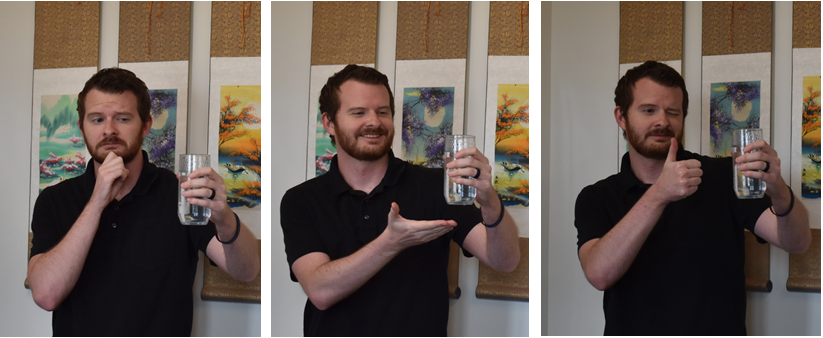
This article was written by Matt Hirschinger, the Assistant to the Town Manager in Hudson, Colorado. Matt wrote this article as part of the Water Resources Cohort. Read all the articles from the cohort here.
Ever heard of “dendrochronology”? I hadn’t. It’s apparently the study of tree rings, and one of many insights I learned from the Water Cohort, and in particular “The Source” by Martin Doyle. This relatively obscure field of study discovered that there was a serious flaw in how the Colorado River’s water is allocated. When the Colorado River was split among several states it was done during a historically wet period of time, as was realized by analyzing tree rings in the region measuring back hundreds of years.
At some point we’re going to have to accept this uncomfortable truth. For the moment though, I want to focus on just how quirky I find the whole situation. Water distribution across states turned on its head by tree rings? Of all the politics, the interest groups, the varying influences and authorities, it’s measuring fractions of millimeters in trees that ended up seeing what no one else had? It’s the kind of story that can only exist in non-fiction, too absurd for someone making up their own original work. Still, dendrochronology may just help us make some hard decisions and keep water equitable for a large portion of the country for coming generations.
This gets us to the point of this post. Matters of equity, matters of helping disenfranchised groups can be quirky, fun, joyous, exciting, unexpected, can take us in directions we would’ve never dreamed of such as tree rings. True, these topics also deal with sobering, even heart-wrenching matters we shouldn’t avert our eyes from. For this moment though, we can remember that there is the lighter, celebratory aspect of our work.
Let’s take this opportunity to pat ourselves on the back because I think many of us are making a positive difference, and I think the rest of us are heading in the right direction. The way to social justice isn’t one grand, paved road with clear boundaries, but a series of intertwining trails with each of us walking through our own unique journey.
In sticking with the theme of the Water Cohort, I want to celebrate and recognize the equitable work already being done with water, to recognize the journey of some of our peers.
- Our own ELGL Board of Director Cathy Bailey’s been leading an amazing effort to get lead pipes removed in the water system for Cincinnati, including a program to help with costs for those who can’t afford it. You can find out more HERE.
This is great! They already had the necessary skills. As a water utility, they already knew how to replace pipes. They already had financial resources and personnel to look at alternate funding models. It just took the extra initiative and effort to fill in those final few missing pieces such as community outreach. Two thumbs up from me!
- In 2019 the American Water Works Association developed a comprehensive guide for “community stewardship” offering an easy-to-follow, replicable evaluation and planning process for water utilities to follow. It can be found HERE.
Amazing! This may not solve every need, but it sure is a good start to ensure water utilities are proactive in being a good partner and neighbor in their communities. As a large association, they already had the case studies, the experience, the strategic planning, and the design ability to come out with this guide. It only took that extra push, the will, some collaboration to make it happen. I give them a round of applause.
- The Internet of Water is an organization focused on water data and sustainable water resources. One amazing tool they’ve been working on involves GIS work mapping out North Carolina where census data can be compared to the burden of water costs. This can help narrow down equity issues by income, race, region, and more. You can look up the Internet of Water HERE.
Wow! Just imagine how much good we can do by not just guessing at the struggles of residents from all backgrounds, but to have interactive maps that can give us comprehensive, visual information to better understand our states, counties, and municipalities. All it took was taking information already available and developing a tool to share it in a different way. High fives all around!
As we engage in doing good work to help those in need, as we find our own niche ways to make a difference with our skills, experiences, resources, we can take the time to smile and enjoy our efforts. We can do the same for others, be happy and congratulatory for their accomplishments. Whether an engineer or an elected official, whether a generalist or a dendrochronologist, remember that our work, and the equity opportunities within our professions, are fun.
